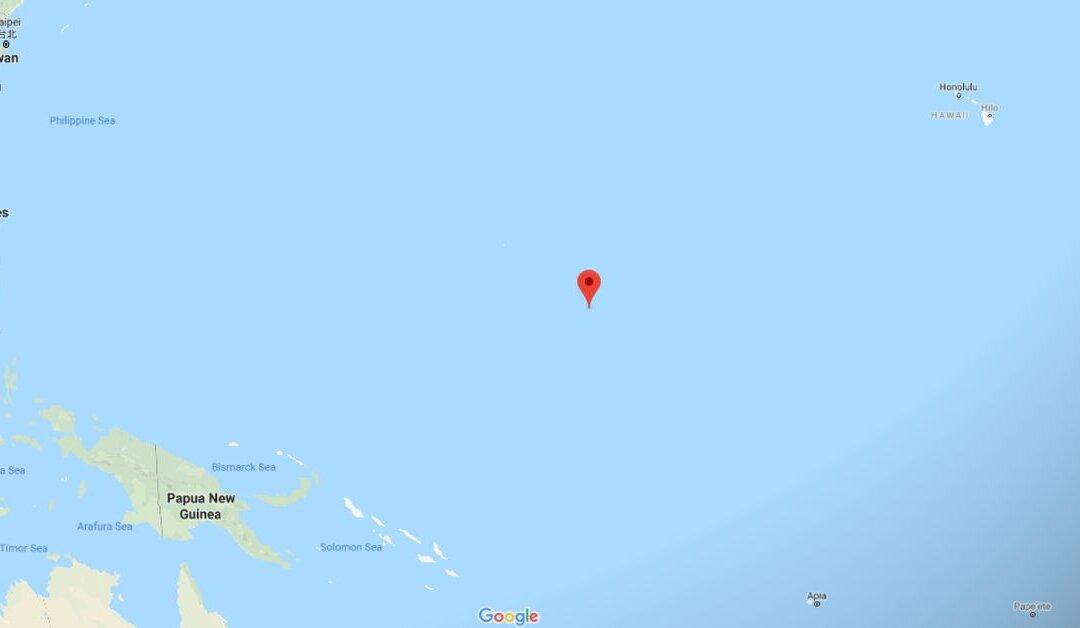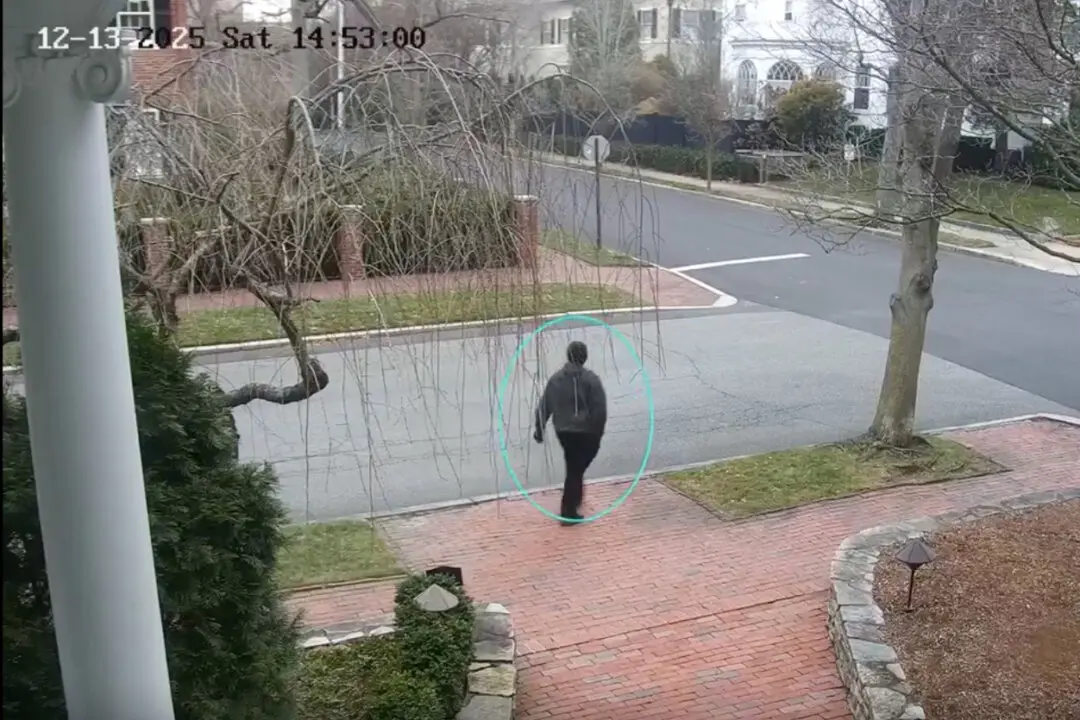Radioactive waste from a concrete dome known as a nuclear “coffin” located in the Marshall Islands might be leaking into the Pacific Ocean.
Last week, U.N. Secretary-General António Guterres said the waste is housed in a Cold War-era dome, describing it as “a kind of coffin” located on Runit island, part of Enewetak Atoll. The dome was built to contain waste from the 67 atomic bomb tests carried out in the area from 1946 to 1958, CBS News reported.





